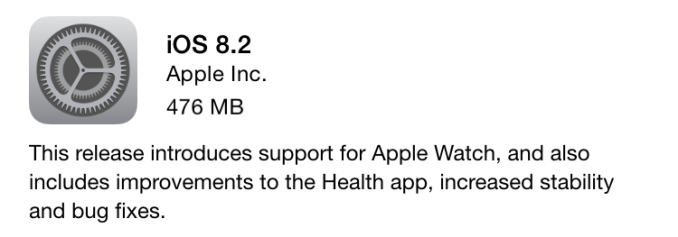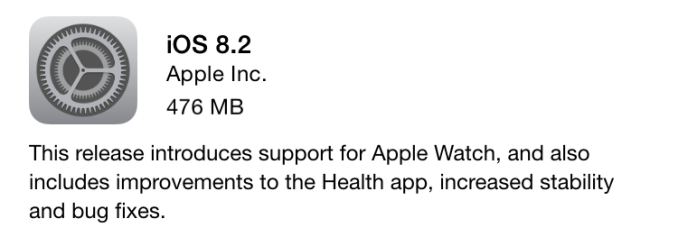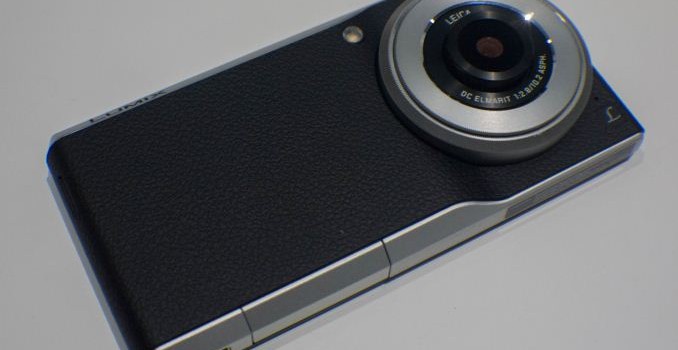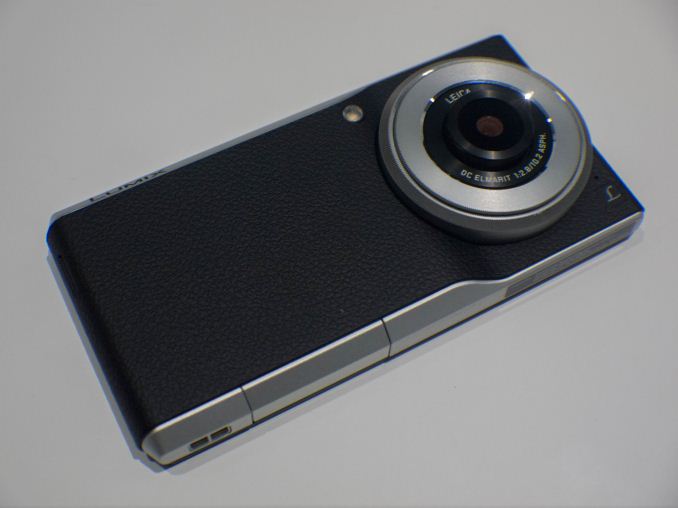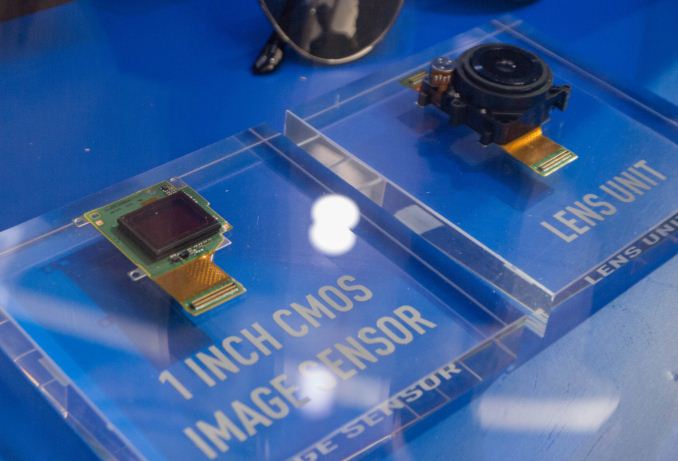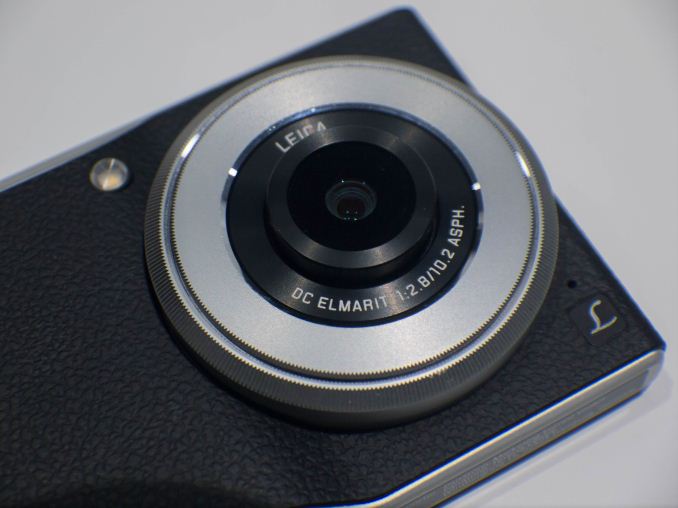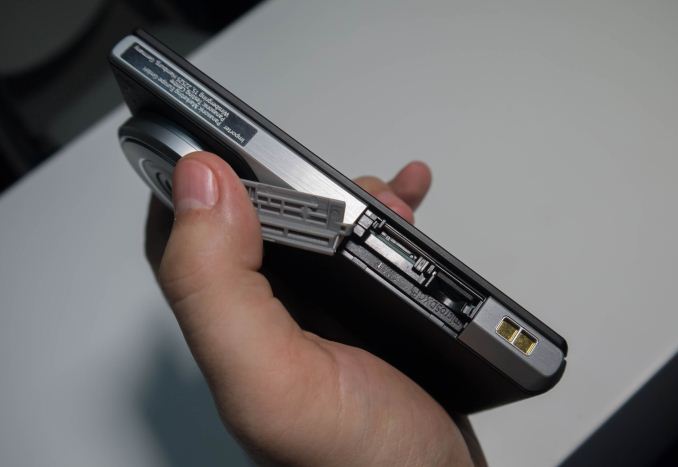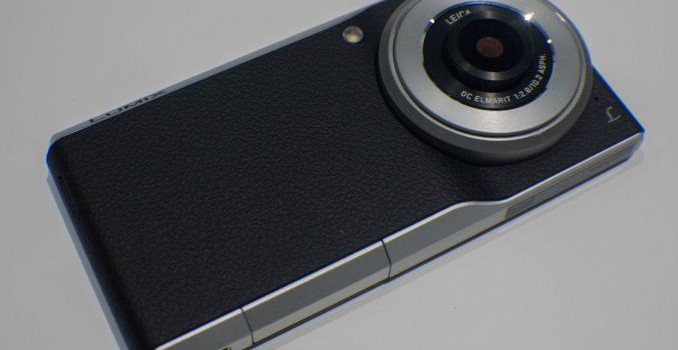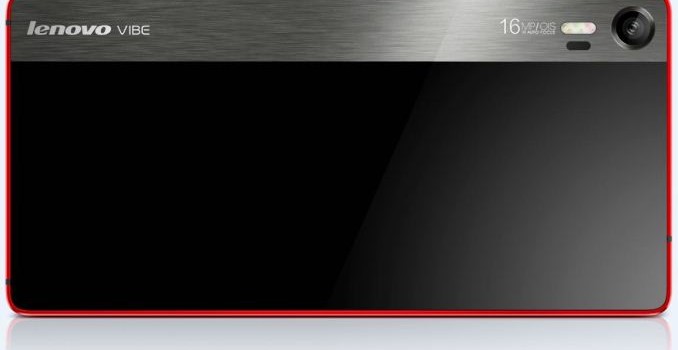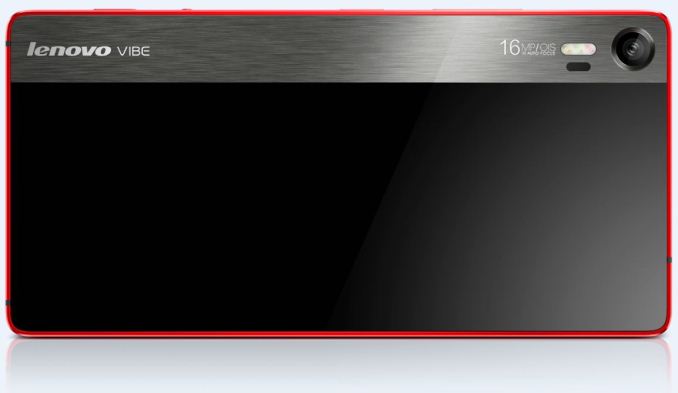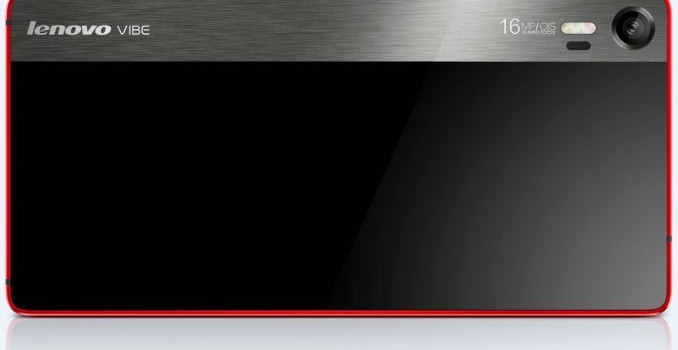Apple Releases iOS 8.2 With Apple Watch Support
Today at their Spring Forward event Apple made a number of announcements. One smaller but still important update to come from the event was the release of iOS 8.2. The main purpose of iOS 8.2 is to add support for Apple Watch so that devices are ready when it begins to ship next month. It includes the new Apple Watch application, and likely many changes under the hood to prepare devices for when the Apple Watch becomes available.
The Apple Watch application can’t do very much at the moment, but what I found interesting was the fact that the pairing process for the Apple Watch involves the use of the camera. The explore button on the bottom leads to videos and images about the Apple Watch, while the App Store section is currently a placeholder until the Apple Watch actually ships and applications begin to be put on the App Store.
In addition to the new Apple Watch features, the update also fixes several bugs and improves the stability of several applications. Below is the list of major changes provided by Apple, although one should note that there are often many small bug fixes and improvements that don’t make their way onto these changelogs.
-
Apple Watch support
- New Apple Watch app to pair and sync with iPhone, and to customize watch settings
- New Activity app for viewing fitness data and achievements from Apple Watch; appears when Apple Watch is paired
- Available on iPhone 5 and later
-
Health app improvements
- Adds the ability to select the unit of measurement for distance, body temperature, height, weight and blood glucose
- Improves stability when dealing with large amounts of data
- Includes the ability to add and visualize workout sessions from 3rd-party apps
- Addresses an issue that may have prevented users from adding a photo in Medical ID
- Fixes units for vitamins and minerals
- Fixes an issue where Health data wouldn’t refresh after changing data source order
- Fixes an issue where some graphs showed no data values
- Adds a privacy setting that enables turning off tracking of steps, distance and flights climbed
-
Stability enhancements
- Increases stability of Mail
- Improves stability of Flyover in Maps
- Improves stability of Music
- Improves VoiceOver reliability
- Improves connectivity with Made for iPhone Hearing Aids
-
Bug fixes
- Fixes an issue in Maps that prevented navigating to some favorite locations
- Addresses an issue where the last word in a quick reply message wasn’t autocorrected
- Fixes an issue where duplicate iTunes purchased content could prevent iCloud restore from completing
- Resolves an issue where some music or playlists didn’t sync from iTunes to the Music app
- Fixes an issue where deleted audiobooks sometimes remained on device
- Resolves an issue that could prevent call audio from routing to car speakers while using Siri Eyes Free
- Fixes a Bluetooth calling issue where no audio is heard until the call is answered
- Fixes a timezone issue where Calendar events appear in GMT
- Addresses an issue that caused certain events in a custom recurring meeting to drop from an Exchange calendar
- Fixes a certificate error that prevented configuring an Exchange account behind a third-party gateway
- Fixes an issue that could cause an organizer’s Exchange meeting notes to be overwritten
- Resolves an issue that prevented some Calendar events from automatically showing as ‘Busy’ after accepting an invite
As you can see, there are a fair number of improvements in this release. The size of the update will depend on your device. On an iPhone 6, the OTA update came in at 476MB, while the release for the iPad Air 2 was only 391MB due to the fact that it doesn’t include the new Apple Watch application.

